We were lucky to catch up with Jeff Wager recently and have shared our conversation below.
Jeff, thanks for joining us, excited to have you contributing your stories and insights. Did you always know you wanted to pursue a creative or artistic career? When did you first know?
I had just finished my third week of the MBA program at Clarkson University. The dean was having a meet-and-great icebreaker for the students at his house, which featured a very swim-worthy pond. After receiving the Dean’s blessing, I stripped down to my underwear and took the best dip of my life. Out of the 40 something people at the party, only one other student decided to join me on my swim and I realized that the pursuing a white-collar life would subject to many more moments where the pond would be left with too few ripples. I dropped out of the program the following Monday and immediately relocated to a timber framing school in central New York where I learned how to construct post-and-beam cabins. In my 3 month apprenticeship in the illustrious Cherry Valley, I discovered the things I valued most and wanted to build my life around. In the simple terms, I wanted a life without an alarm clock. I was only 22 at the time but spent the remainder of my 20’s building myself a timber-framed tiny house on wheels, eventually buying some property only a few miles away from where I had learned to timber-frame. To fund this endeavor, I took several jobs as a timber-framer for various companies building houses all around New England. I enjoyed the the artistry required and the many hours spent outdoors using tools, but the various companies’ contemptuous approaches to safety begrudgingly led me take pursue what became an 8 year career in construction management. Desk-bound, I was quicker to fund my house build and land improvement. Quicker too was my desire and need to find a way to make a living off of something I could take pride in.
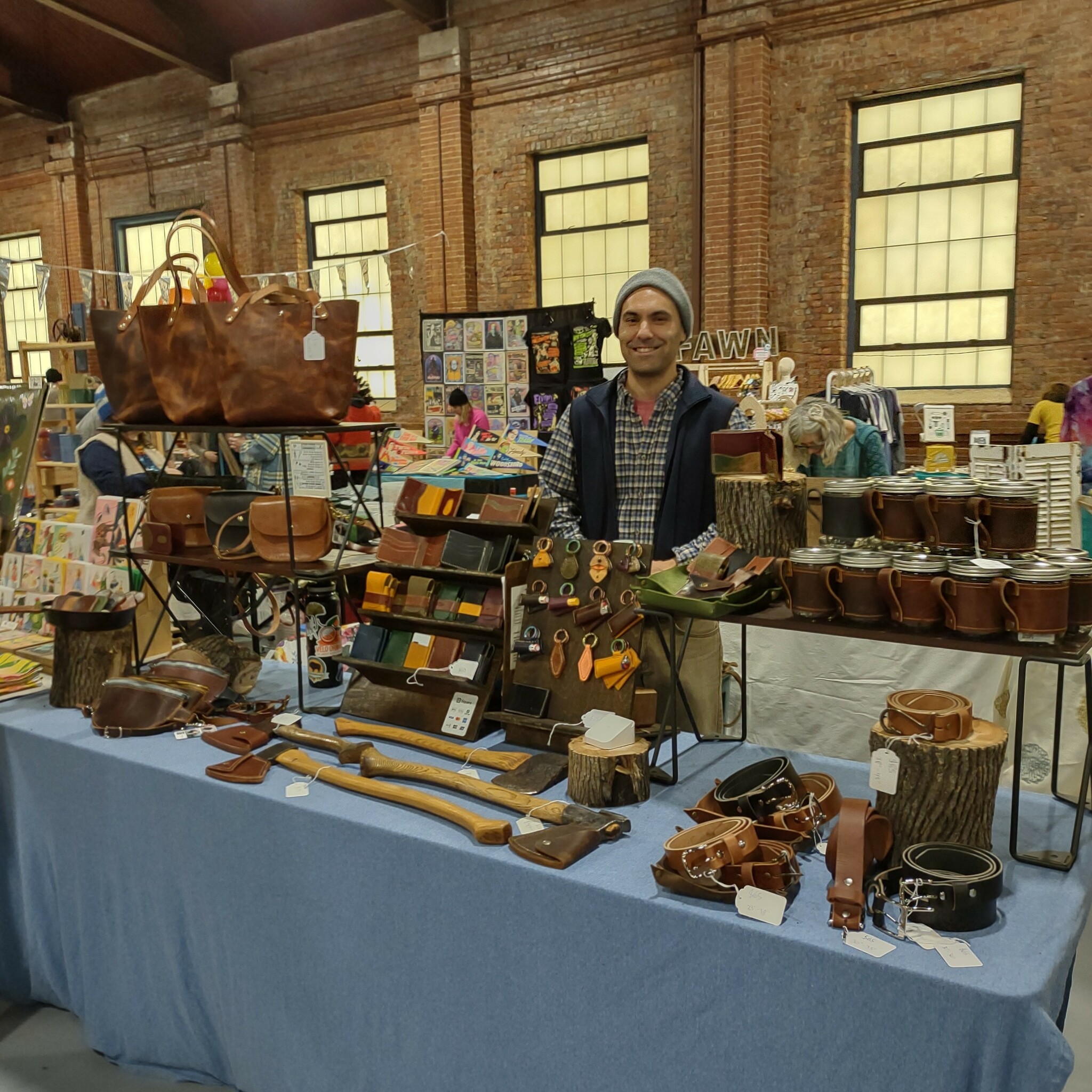
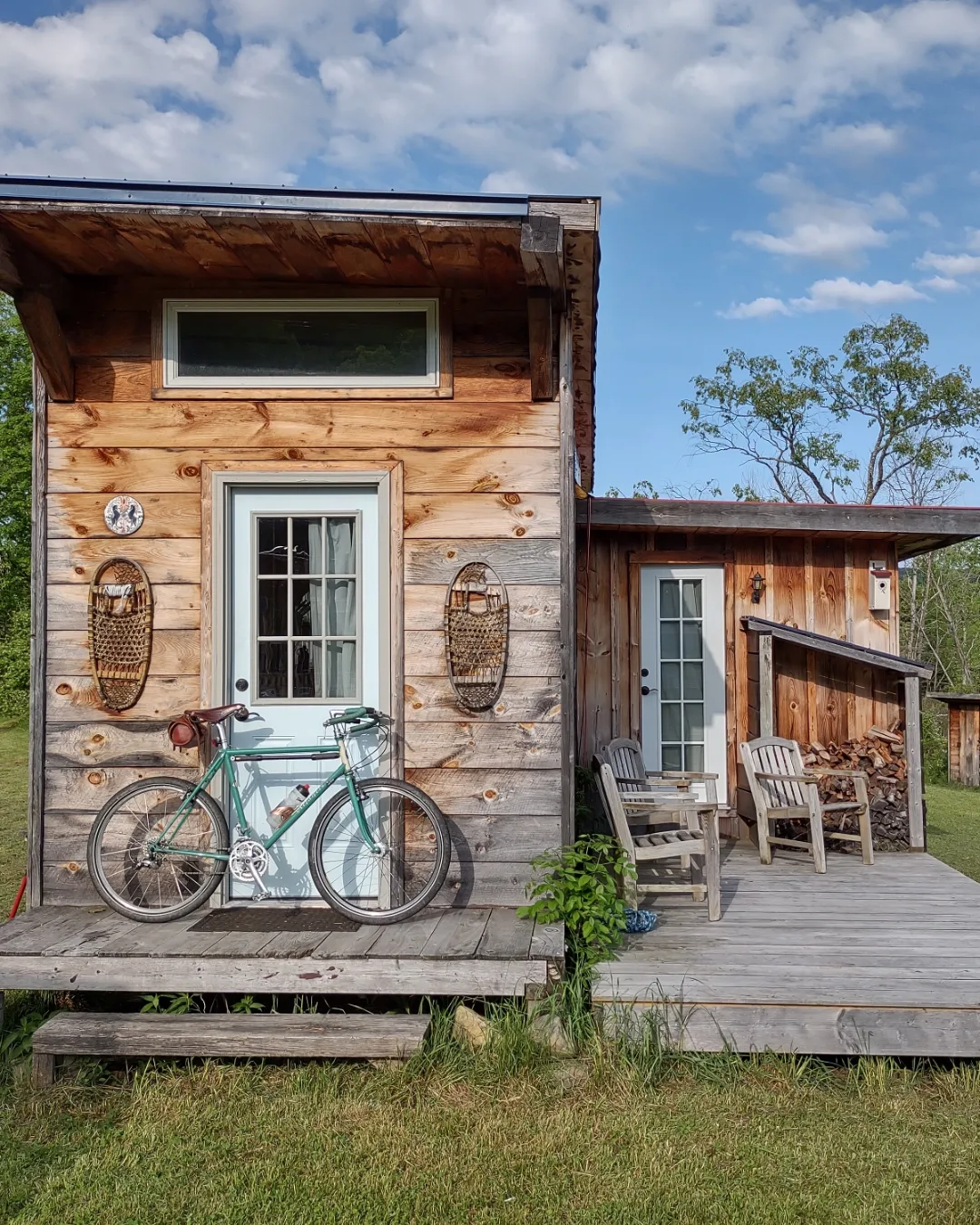
As always, we appreciate you sharing your insights and we’ve got a few more questions for you, but before we get to all of that can you take a minute to introduce yourself and give our readers some of your back background and context?
During the height of covid, I found myself splitting an unusual amount of firewood at my tiny house, which led to my axe handle breaking. I bought a replacement, which broke abruptly after installation. Rather than spending money on a third handle, I thought I’d try to make use of the Ash trees the beavers on my property had gnawed down. Many hours later, I had the ugliest and strongest axe handle I’d ever seen. I posted pictures of my creation in local facebook groups and people in the community started reaching out asking if I could take on projects in the vain of re-handling their late grandfather’s axe. I was beyond thrilled to be tasked with restoring something that had been neglected for years and breathe new life into it. That thrill led me to carve 50+ handles and restore even more tools. However, selling restored axes on hand-carved handles was a tough gig. What surprised me more than the unmarketable nature of axes was the interest people took in the leather sheaths I was making to cover them with. I started making very rudimentary sheaths and tool covers for friends and neighbors, receiving suggestions on what to make and where to sell. So I tried my hand at making new things out of leather and selling them at neighbors’ craft markets, I found myself primarily making wallets and cross-body bags, informing market-goes that by using full-grain leather and stitching everything together by hand would ensure that my product would last them decades and eliminate the need for them to buy low-quality products, destined for the landfill, several times over. Breaking that axe handle taught me the importance of creating something that will endure decades of use.
These days I am still selling lots of wallets, but have gained a lot of traction in doing custom-fit belts, which is such a nice thing for one to own. I still wear the first belt I made, which I sized specifically to my waist and I feel like a million bucks every time I fasten its buckle. There’s no greater sense of satisfaction, though, than finishing a bikepacking trip where I carry all my camping gear in bags I designed and made for my own use. My business and product offerings are an extension of what I want and value: good products, made entirely by hand, that look good and work well. The blending of utility and beauty has become paramount to my business.


What do you find most rewarding about being a creative?
Surprisingly, having the ability to fail without major consequence has been amazing. To give credence to an old cliche, every failure is an opportunity for learning and growth. Being a self-employed craftsman gives me the freedom to try and fail at many different projects and techniques on my own terms, which I find absolutely essential to artistic growth.
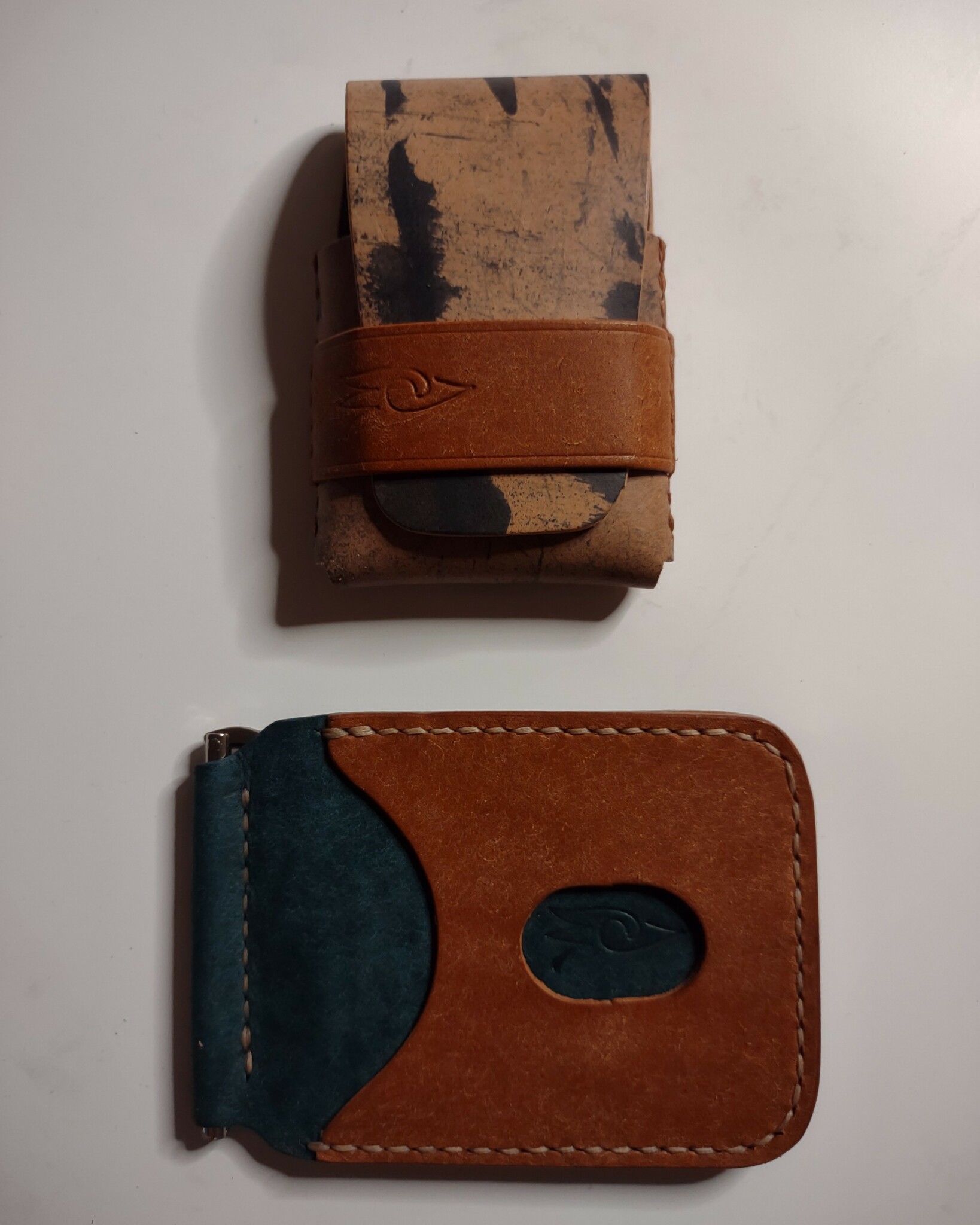
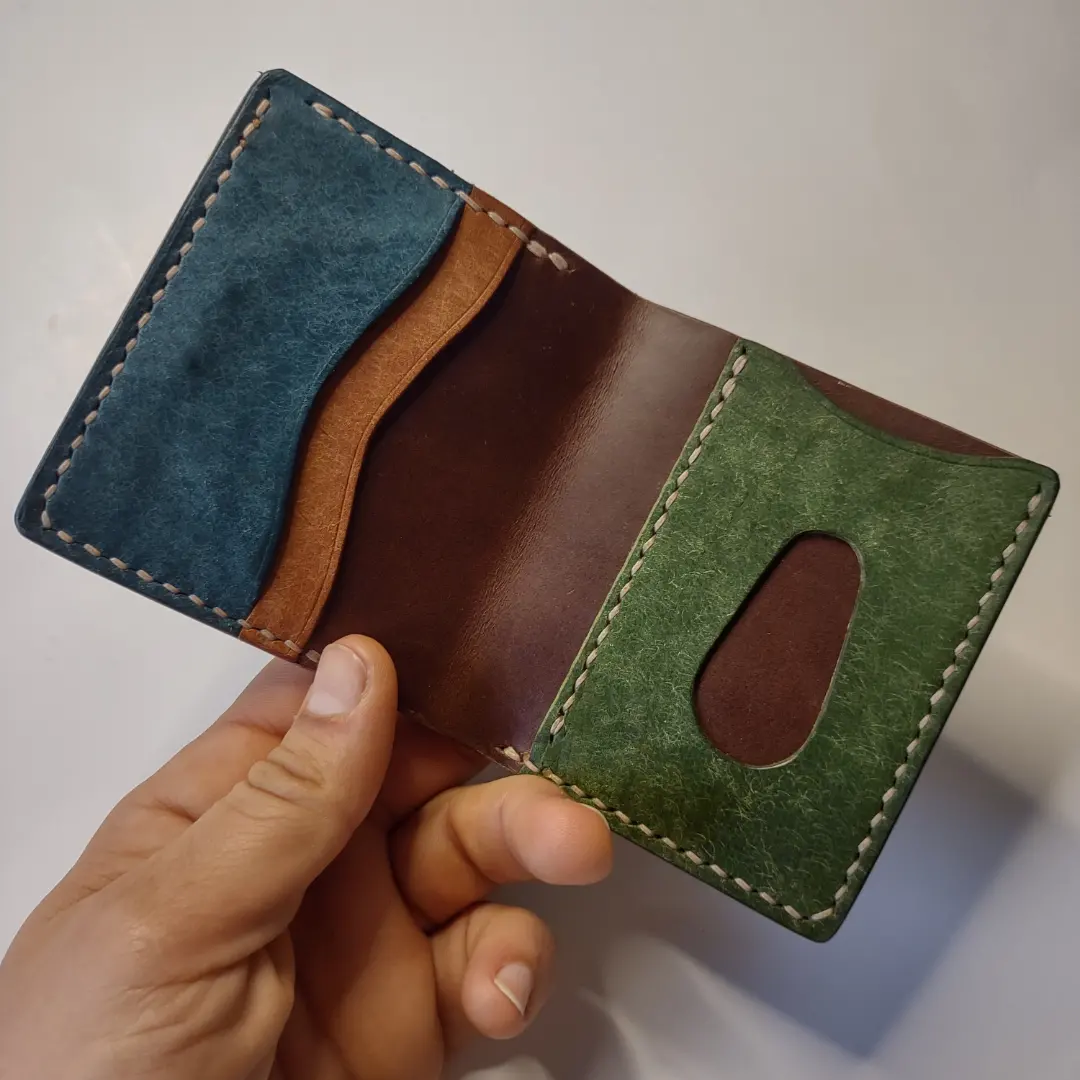
How can we best help foster a strong, supportive environment for artists and creatives?
Aside from supporting them financially, the second best thing society can do is show a genuine interest in what artists have to offer. I can go an entire day at a farmers’ market without a single sale and still consider it a success if even one person engages with me with an earnest curiosity in my craft. Sure, the money acquired in selling a piece is the tangible fuel that keeps an artist’s engine running, but that engine is running in vain if there isn’t a destination to point it toward. When people express a general interest in my craft, it tells me that there is an appreciation for what I and other artists are doing, and providing the community with something it values is what my proverbial engine is running for.
Contact Info:
- Website: https://woodpeckeraxeandleather.com
- Instagram: @woodpeckeraxeandleather
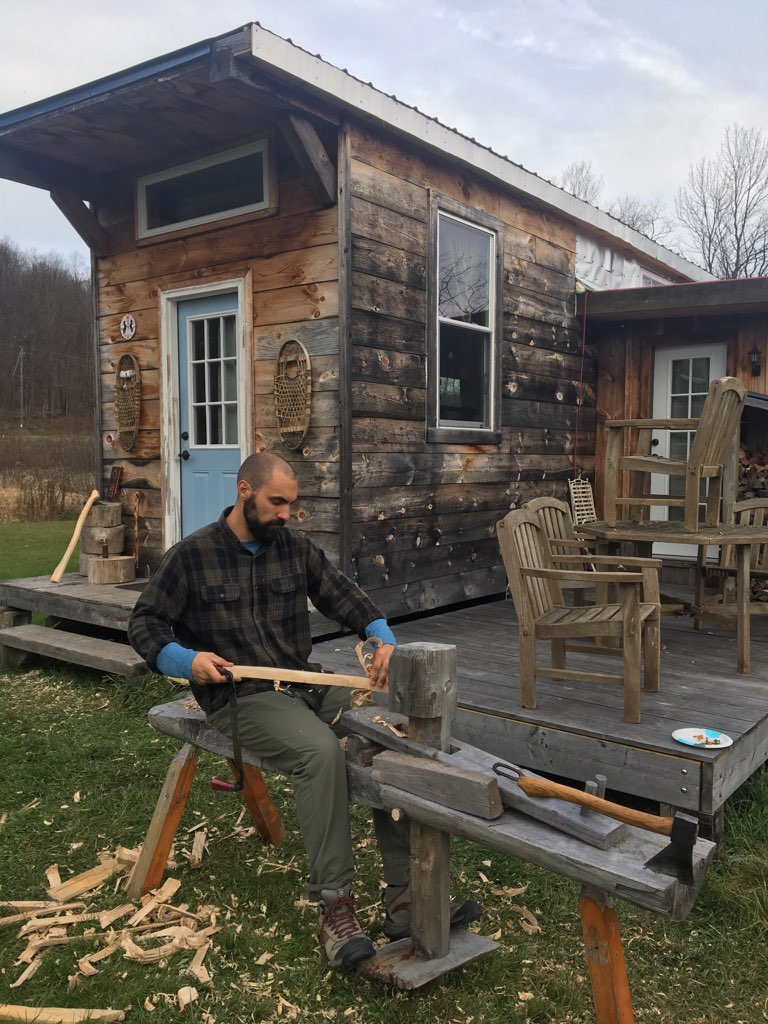
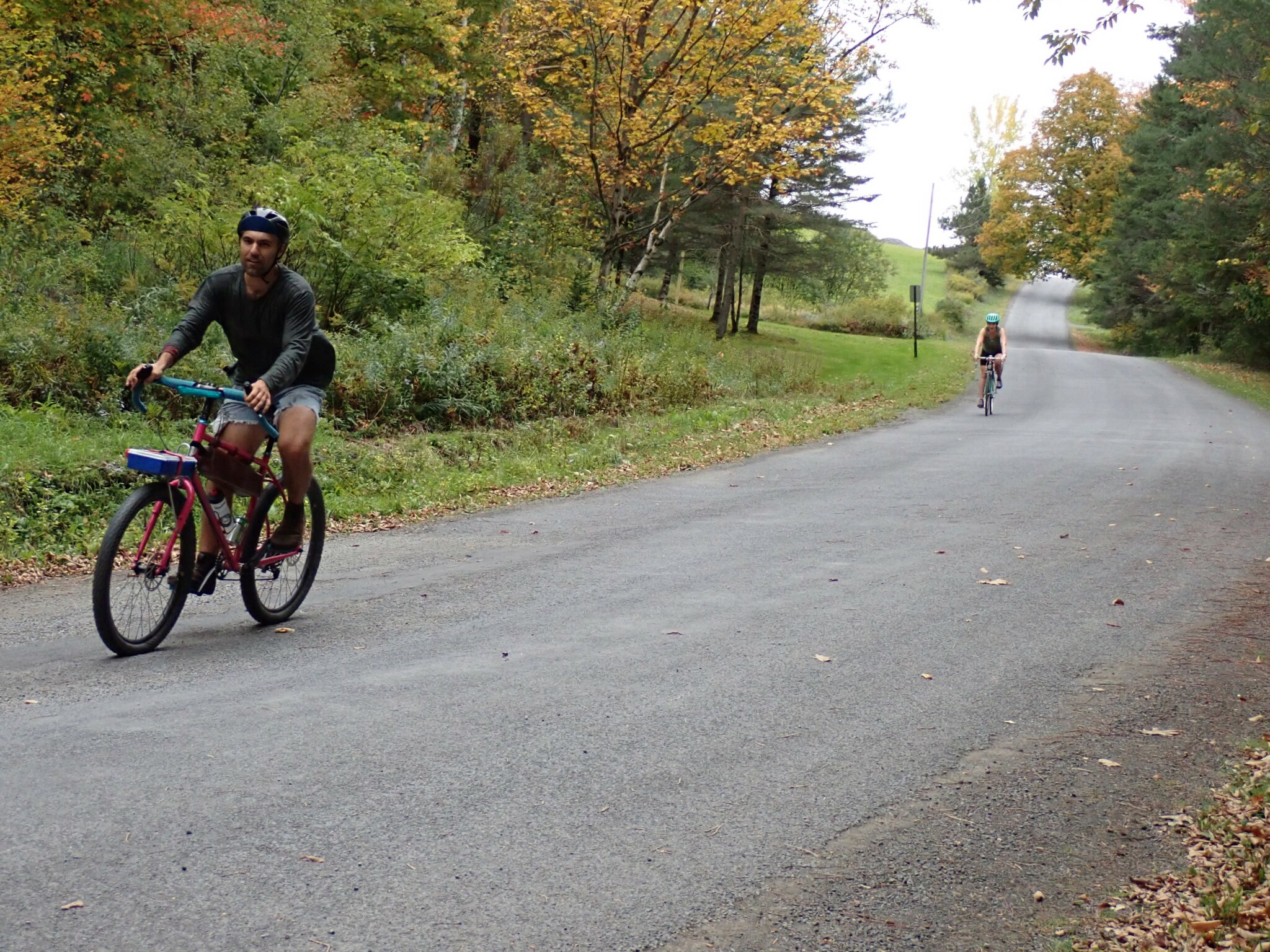
Image Credits
Samantha Ryan, Timothy Gailie, Portia Studenroth, Nancy Wager


